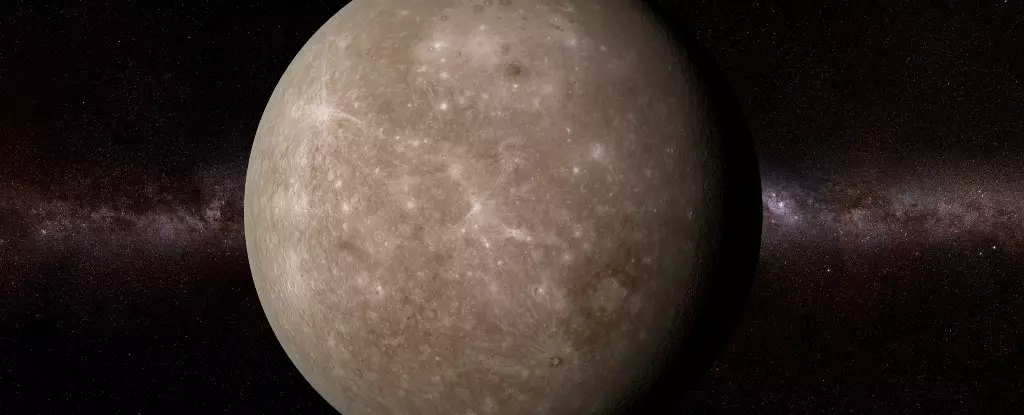Recent simulations of Mercury’s formation have revealed a fascinating possibility – a thick layer of solid diamond buried between the planet’s core and mantle. This diamond fortune, estimated to be around 15 kilometers thick, provides insight into the development of rocky planets like Mercury and sheds light on the origin of its enigmatic magnetic field. While this hypothetical treasure may be safe from any spacefaring heists, its implications are far-reaching.
Inspired by new assessments of Mercury’s gravity field models, a team of scientists from China and Belgium delved into the planet’s internal environment. If the core-mantle boundary is deeper than previously believed, the conditions for the formation of various materials would need to be reevaluated. Data from MESSENGER missions hinted at carbon-rich dark patches on Mercury’s surface, suggesting that carbon may have crystallized at the boundary and floated up over time, contributing to the planet’s surface as graphite.
Diamond, a solid form of carbon, was initially dismissed as a possible product close to Mercury’s core due to insufficient pressures. However, new research suggests that the planet may have been capable of exerting enough pressure to crystalize diamond in its core. Using thermodynamic modeling, scientists recreated Mercury’s early conditions and found that diamond could have risen towards the mantle alongside graphite, forming a layer estimated to be 15 to 18 kilometers thick. This revelation could significantly impact models of Mercury’s internal dynamics and planetary cooling processes.
The presence of diamond in Mercury’s core not only affects predictions on planetary cooling but also has implications for the evolution of other rocky worlds. The exceptional thermal conductivity of diamond could influence the movement of materials responsible for generating magnetic fields. Despite its small size, Mercury boasts a magnetic field, making it the only rocky planet apart from Earth to have a magnetosphere. Understanding the longevity of Mercury’s magnetic field may require a reevaluation of the planet’s deep interior and the processes that sustain its magnetic bubble over time.


Leave a Reply